What Is A Thumb Cactus – Learn About Thumb Cactus Care
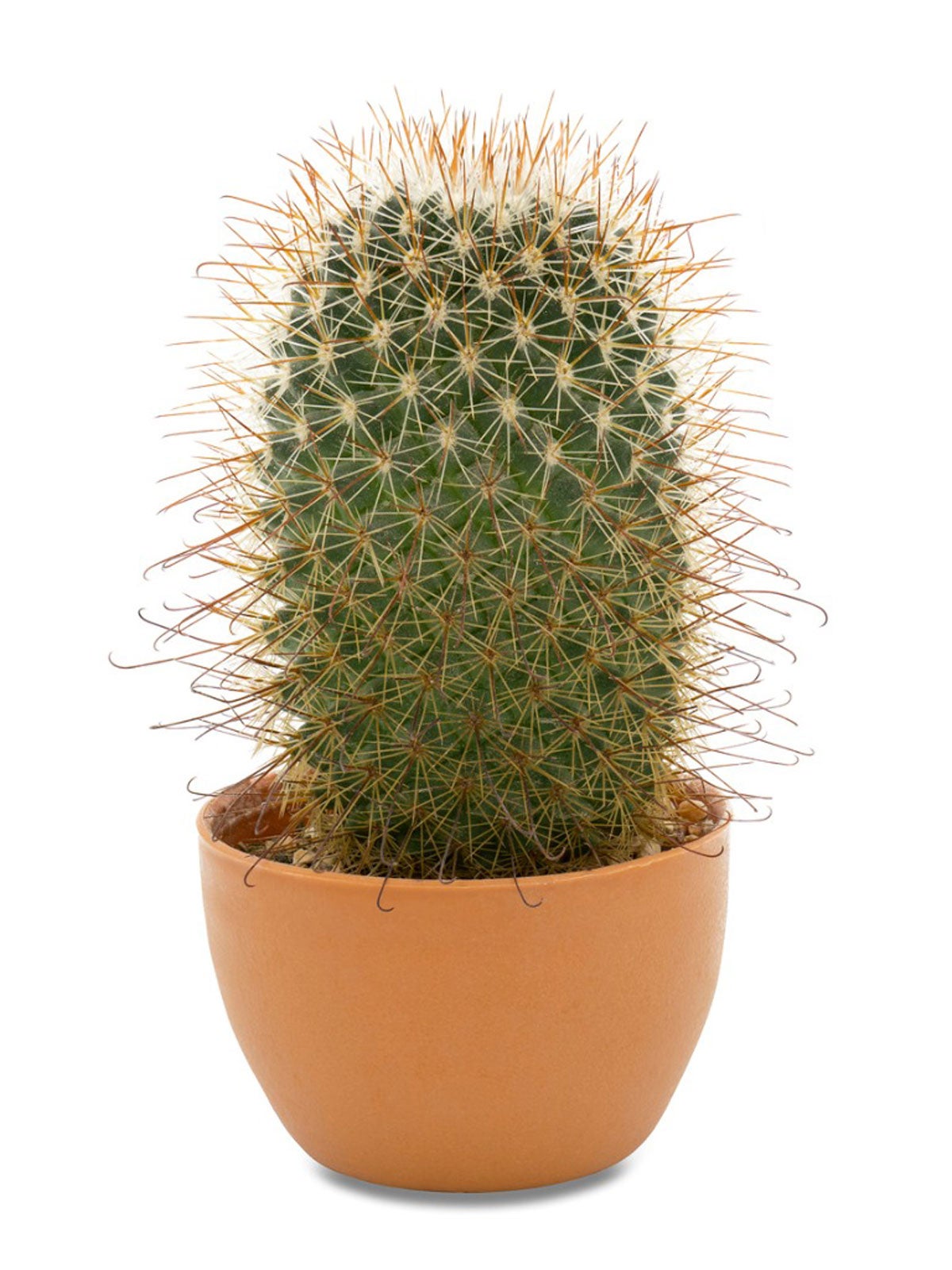

If you like cute cacti, the mammillaria thumb cactus is a specimen for you. What is a thumb cactus? As its name suggests, it is shaped like that particular digit. The cactus is a little guy with a lot of personality, gorgeous blooms, and as an added bonus, ease of care.
Cactus enthusiasts love growing thumb cacti (Mammillaria matudae). They are diminutive but fit perfectly in dish gardens with other interesting succulents. Young plants are tidy columns but as they age, they tilt beguilingly and may add other stems for fascinating chaos. This native of Mexico is easy to grow and thrives where other plants cannot.
What is a Thumb Cactus?
The mammillaria thumb cactus is a drought tolerant, heat loving succulent. It hails from regions with low fertility and hot temperatures. The thumb cactus grows just 12 inches (31 cm.) tall in a smooth green column that is about one and a half inches (4 cm.) around. The central longer spines are reddish brown and surrounded by 18 to 20 short white spines.
In spring, the plant produces hot pink flowers that ring the top of the column. Each starry bloom is half an inch (1 cm.) across. Over time, the cactus will produce offsets, which can be divided away from the parent plant. Allow the cut end to callus and plant in well-draining soil for a brand new plant.
Soil and Site for Growing Thumb Cacti
As you might suspect, thumb cacti like sandy to gritty, well-draining soil. There is no need to worry about fertility as the cacti are adapted to low-nutrient situations. Plant outdoors in warm regions or use it as a houseplant that you can move outside in the summer. Purchased cactus soil is ideal but you can also make your own. Mix together one part soil, one part sand or gravel, and one part perlite or pumice. Situate the plant in full sun indoors. Outside, provide some shelter from the hottest rays of the day which can cause sunscald.
Thumb Cactus Care
There are really no tricks for growing thumb cacti. They truly thrive on neglect. Water them when the soil is mostly dry. Give them a nice deep watering but don't let containers sit in a dish of water which might cause root rot. In the winter, suspend watering nearly entirely because the plant is dormant and not actively using much moisture.
Cool temperatures in winter will encourage flowering. Fertilize with a diluted cactus food as growth resumes in early spring. Once should be sufficient. Repot as needed but thumb cacti prefer to be crowded and usually only need repotting once offsets arrive.
Gardening tips, videos, info and more delivered right to your inbox!
Sign up for the Gardening Know How newsletter today and receive a free copy of our e-book "How to Grow Delicious Tomatoes".

Bonnie Grant is a professional landscaper with a Certification in Urban Gardening. She has been gardening and writing for 15 years. A former professional chef, she has a passion for edible landscaping.
-
 Looking For Plants To Give You The Soft And Fuzzies? Try These 5 Fuzzy Leaf Plant Options
Looking For Plants To Give You The Soft And Fuzzies? Try These 5 Fuzzy Leaf Plant OptionsLovers of texture, drama, silver foliage and tactile plants will adore these special sensory garden additions. These fuzzy leaf plant options will leave you all aglow
By Susan Albert
-
 Get Ready For A Summer Of Hummers! Grow These Full Sun Hummingbird Plants and Flowers
Get Ready For A Summer Of Hummers! Grow These Full Sun Hummingbird Plants and FlowersIf you’re lucky enough to enjoy a sunny backyard, make sure you are maxing out on your pollinator opportunities and grow these full sun hummingbird plants and flowers
By Tonya Barnett
-
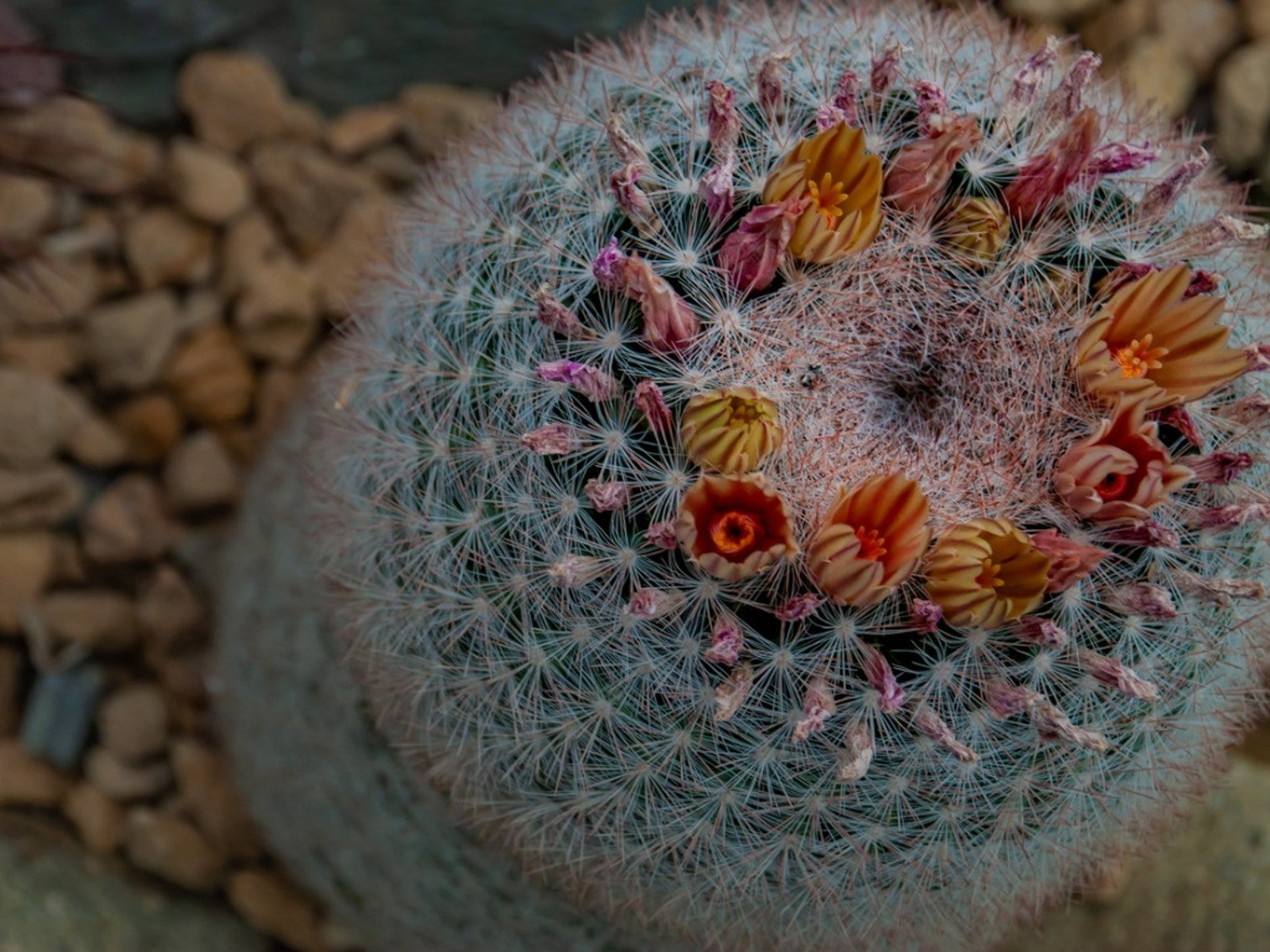 Snowball Cactus Care – How To Grow A Mammillaria Snowball Cactus
Snowball Cactus Care – How To Grow A Mammillaria Snowball CactusIf you’ve started a cactus collection, don’t forget the snowball cactus. Mammillaria snowball cacti are easy to grow with only the most basic care.
By Becca Badgett
-
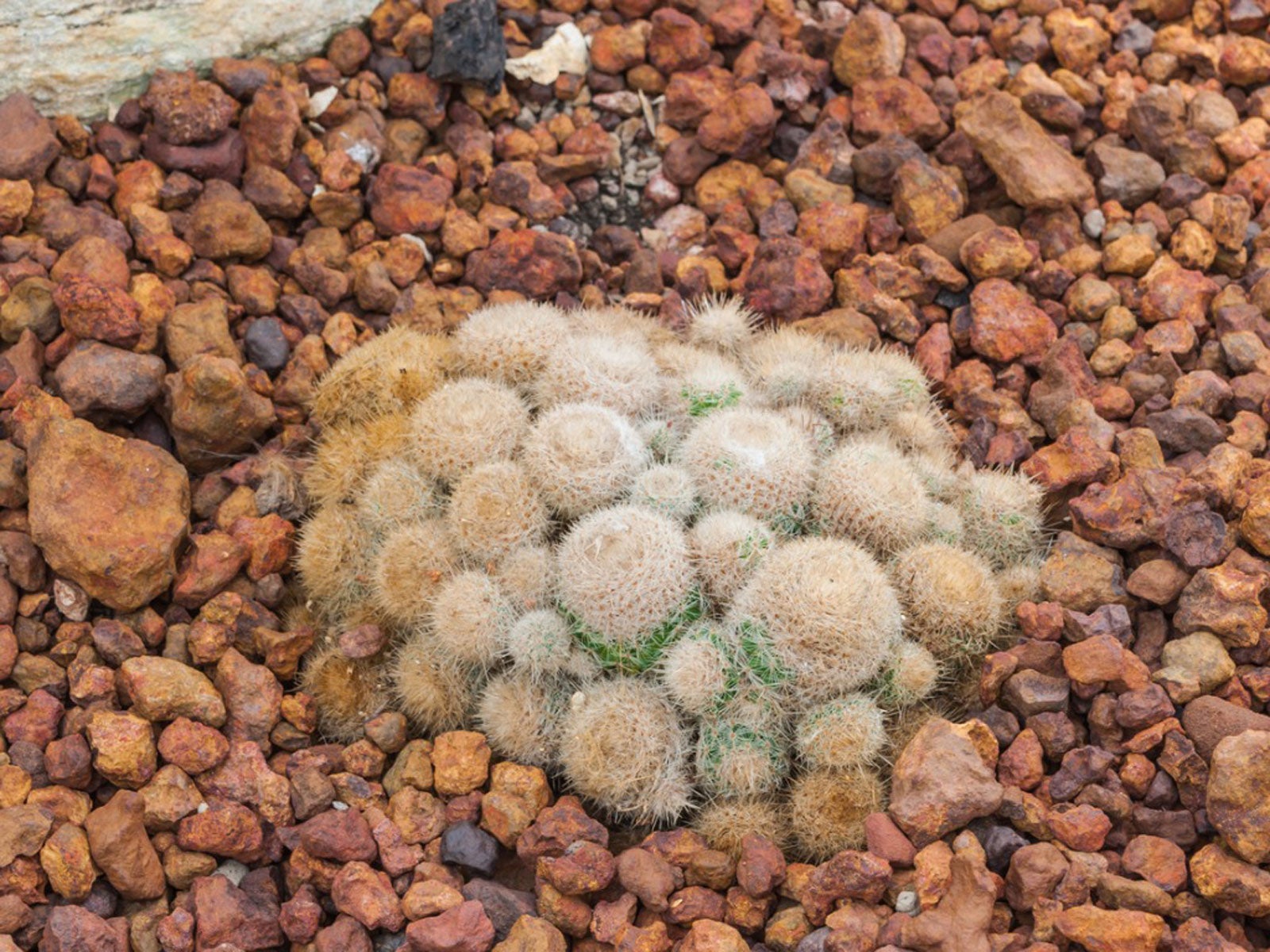 What Is An Old Lady Cactus – How To Grow An Old Lady Cactus Flower
What Is An Old Lady Cactus – How To Grow An Old Lady Cactus FlowerThe mammillaria old lady cactus can be grown outdoors in hot climates or indoors as a houseplant. Click here to get more information.
By Bonnie L. Grant
-
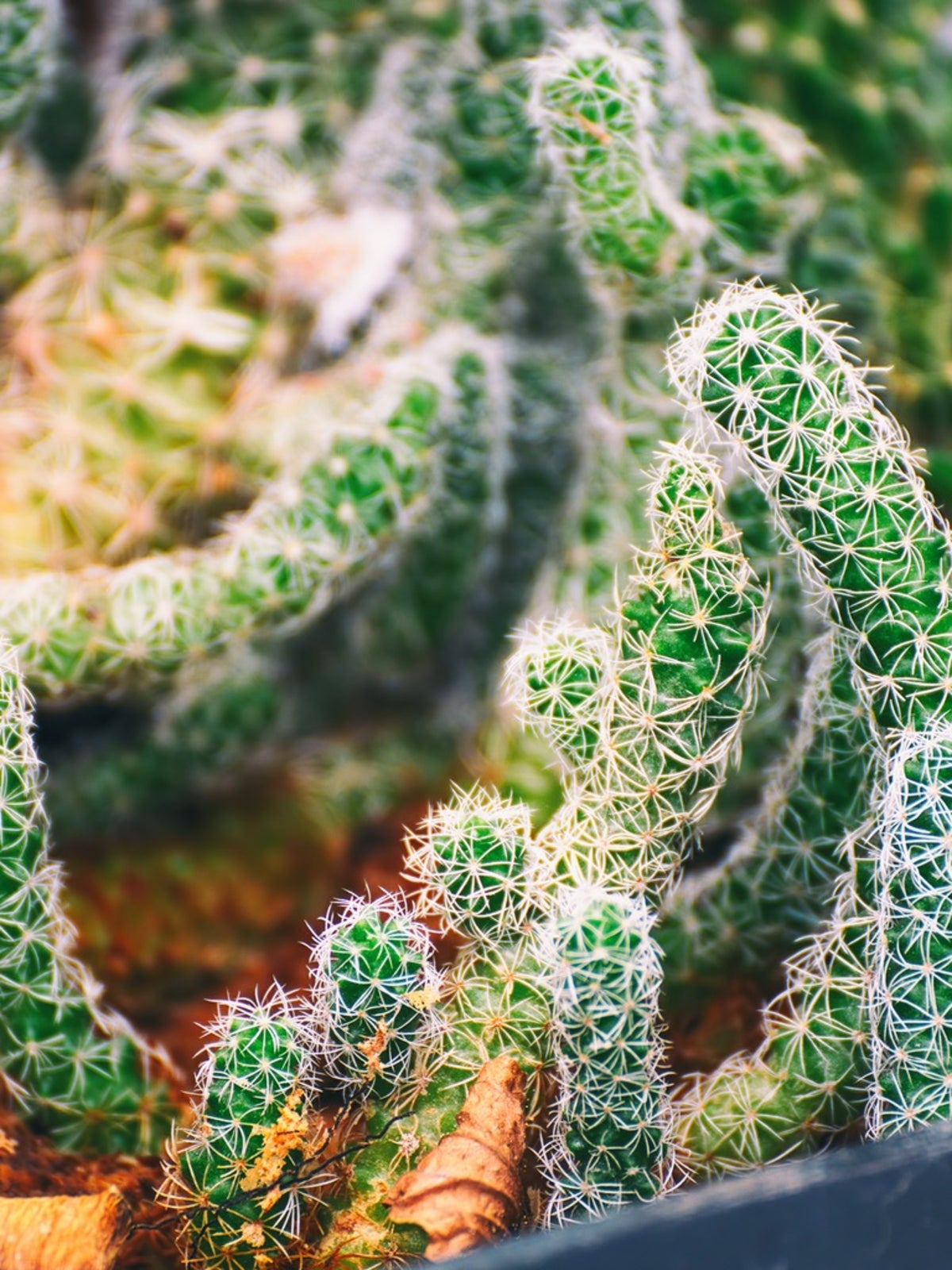 Thimble Cactus Facts: Caring For A Thimble Cactus Plant
Thimble Cactus Facts: Caring For A Thimble Cactus PlantThimble cactus develops a number of short, spiny stems, each one producing a cluster of thimble-sized offshoots with creamy yellow flowers in spring or late summer. If this brief description has piqued your interest, click this article to learn more.
By Mary H. Dyer
-
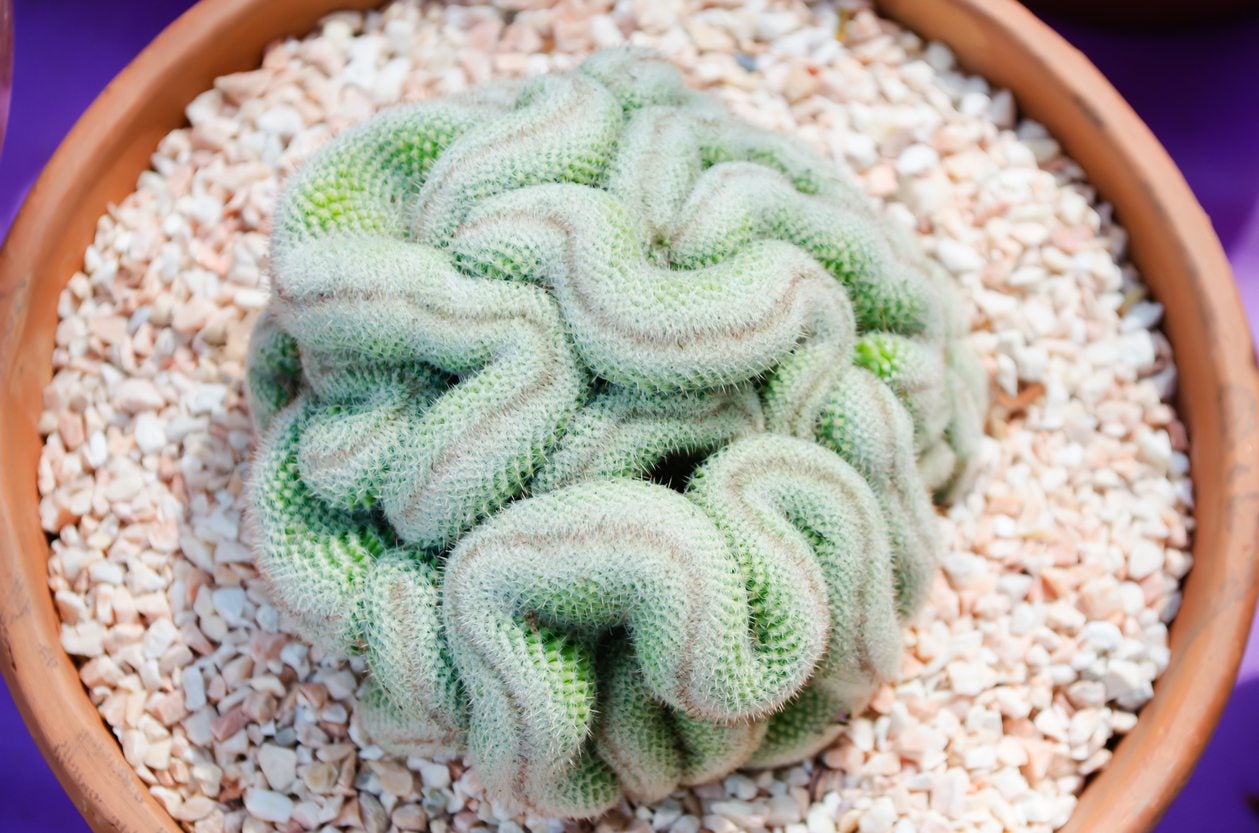 What Is Brain Cactus: Cristata Information And Care
What Is Brain Cactus: Cristata Information And CareOne of the many species of Mammillaria, Cristata is the form known as brain cactus. It is an easy-to-grow cactus and makes a great houseplant or outdoor specimen in warmer climates. Click here for some Cristata information along with care and growing tips.
By Bonnie L. Grant
-
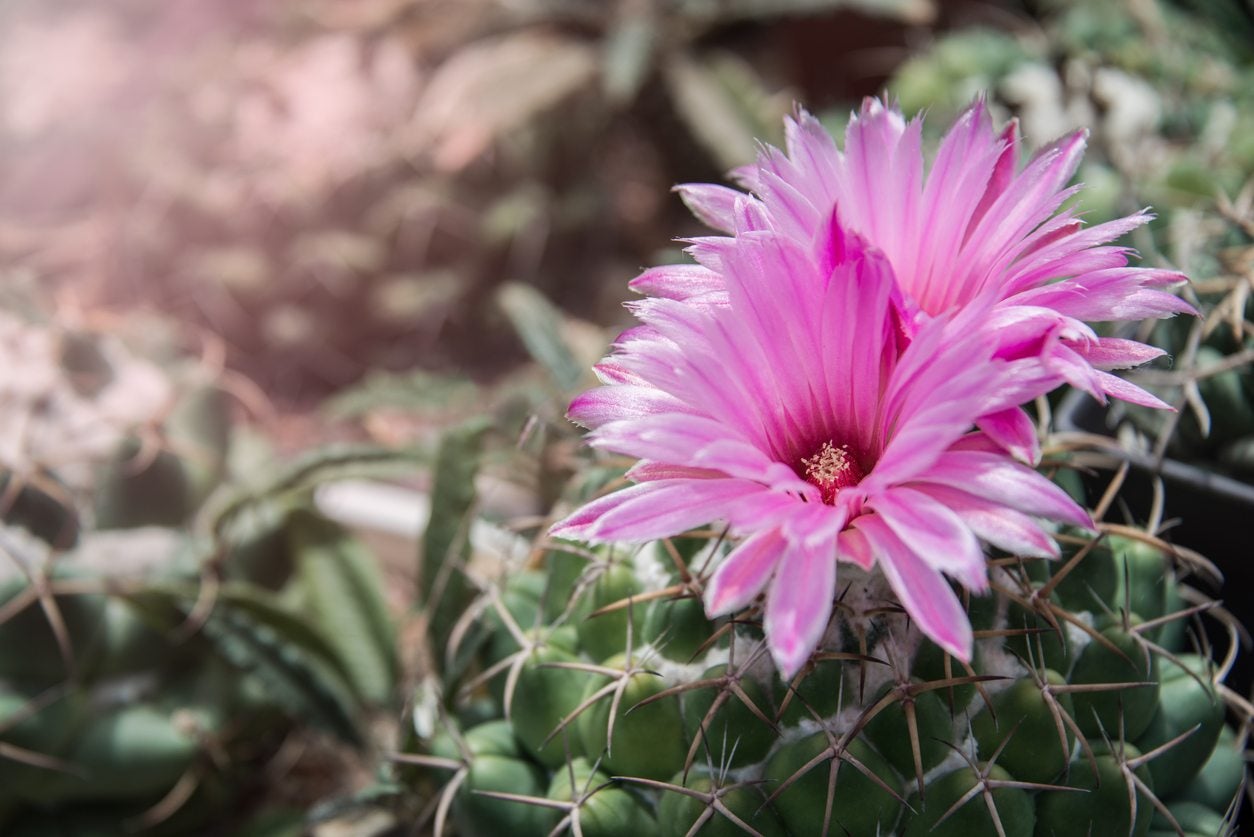 Mammillaria Cactus Varieties: Common Types Of Mammillaria Cacti
Mammillaria Cactus Varieties: Common Types Of Mammillaria CactiMammillaria are popular plants and common in many nursery centers with ease of care and propagation counted as some of their more appealing features. Click this article for more Mammillaria information of some of the more interesting plants in the family.
By Bonnie L. Grant